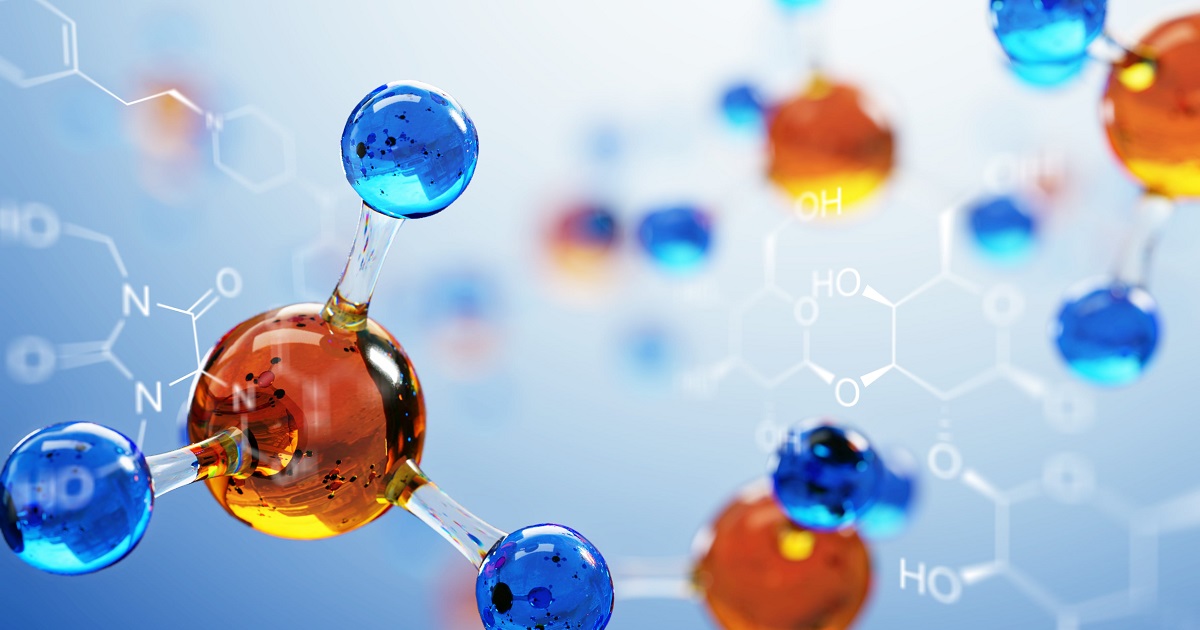Carbon Capture & Removal Solutions Provider, Svante, Responds to the US’s New Inflation Reduction Act
Svante | August 18, 2022 | Read time: 03:00 min

The following is an official statement about the US’s enactment of the Inflation Reduction Act, made by Claude Letourneau, President and CEO of leading Canadian carbon capture and removal solutions provider, Svante.
The US’s Inflation Reduction Act, signed into law on Tuesday by President Biden, is a monumental bill that truly demonstrates America’s commitment to climate action and a way to monetize CO2 emissions to develop a viable carbon management industry.
The US is the second largest emitter of CO2 after China, and the Inflation Reduction Act will play an essential role in helping the US and the world reach its net-zero emissions goals by 2050.
Atmospheric CO2 continues to rise to unprecedented levels due to human activities. We continue to emit more CO2 than our natural resources like oceans and trees can handle. This imbalance is cited to be approximately 18 gigatons per year. According to the US Environmental Protection Agency’s Greenhouse Gas Equivalencies Calculator, that’s equal to the CO2 emitted from driving 3.8 billion gasoline powered cars for a year, which amounts to a lot of CO2 that can’t be absorbed by our natural environment.
To fix this imbalance and reach net zero, the world needs several engineered solutions to avoid and manage carbon emissions on a global scale. This can be done through capturing carbon at the source of emission (point source) and through the removal of legacy carbon via direct air capture (DAC), as well as bio capture. Carbon management engineered solutions, like Svante’s, along with other tools in the toolbox such as renewables, electrification of vehicles, and hydrogen, are integral in the fight against climate change. According to the recent IRENA report, around 37 gigatons per year of CO2 emissions need to be mitigated which will cost a total of $120 trillion US dollars. Carbon capture and removal represents 2% of the total cost and will deliver 20% of the emissions mitigations benefit … it’s the ‘best bang for your buck’.
Carbon is deeply embedded into the global economy. CO2 is emitted when making steel, cement, hydrogen, energy, and important infrastructure. These products that we all enjoy are created with CO2 emissions, and it is impossible, today, to halt all production of these commodities. Because of this, and because we must act quickly, the world needs to capture CO2 from industrial emissions and safely store it underground or use it to make other products.
Without carbon capture, utilization and storage (CCUS), the world will not reach net zero by midcentury, and legislation such as the US’s 45Q Tax Credit enhancements will help propel our industry forward, enabling us to rapidly deploy CCUS projects at gigaton scale.
To effectively capture the CO2 currently being emitted into the atmosphere, the world needs to have 10,000 capture plants running over the next 30 years, or two plants a week in the next decade, at a cost of approximately $250 million per plant.
The cost of capturing CO2 today is approximately $50/tonne for point source capture and $350/tonne for direct air capture. The storage portion, in which a storage company transports and stores CO2 safely underground, costs around $10-$30/tonne, depending on the provider. This brings the cost of carbon capture and storage to around $70 to $80 per tonne — that’s $20-$30 more than what 45Q was originally offering. The US’s Inflation Reduction Act, signed into law this week by President Biden, enhanced 45Q, offering companies $85/tonne for point source and $180/tonne for DAC. This is impactful and will drive the investment required to bring mass commercial scale projects to financial investment decision (FID).
About Svante
Svante is an original equipment manufacturer and technology provider of carbon capture and removal solutions that offers companies in heavy-emitting industries a commercially viable way to capture and remove carbon emissions. The carbon we capture is then concentrated to pipeline grade at >95% purity, which can be safely transported and stored underground or used for further industrial use in a closed loop.